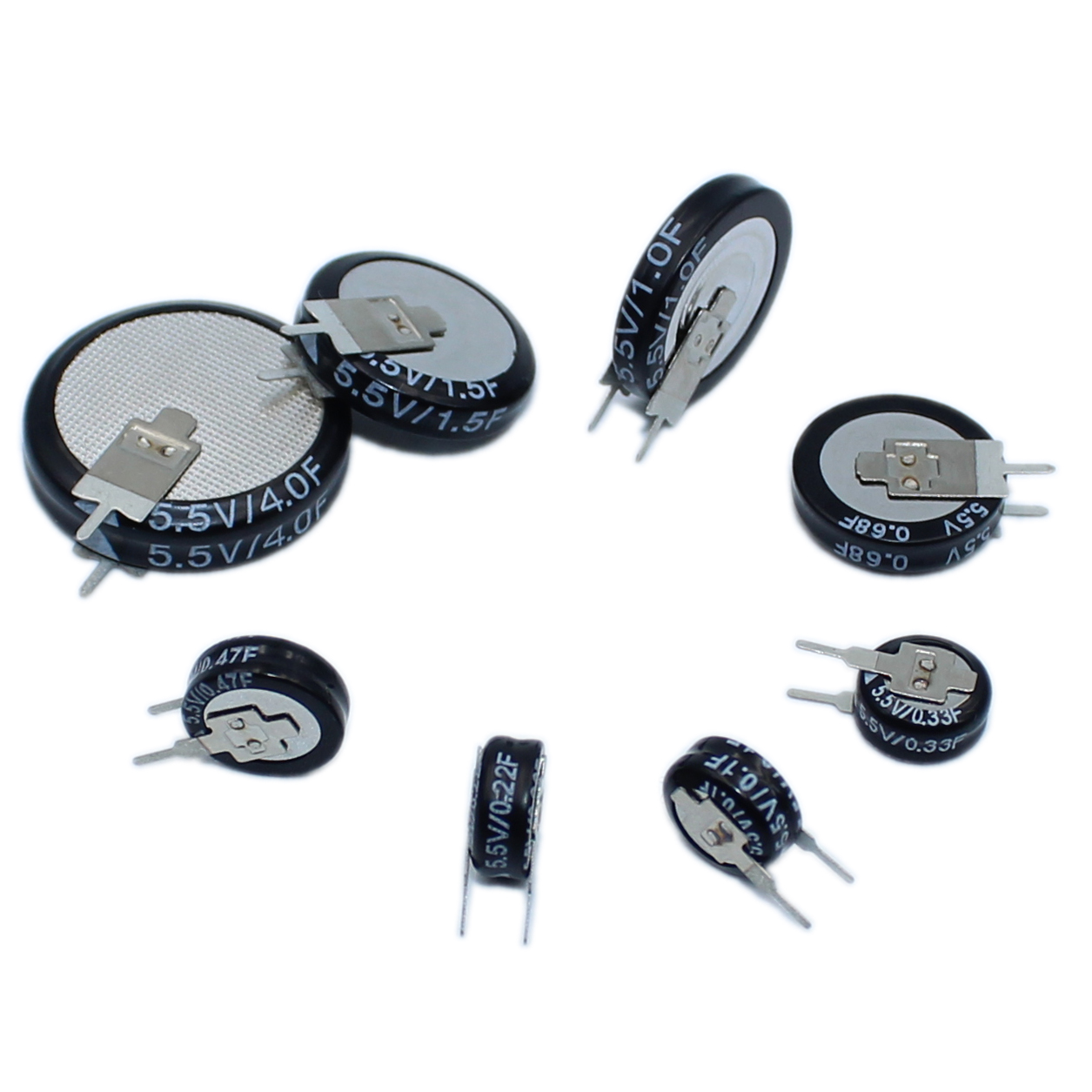Consulting phone:
135-3037-2041
(Mr.Wang)
What is the energy storage principle of supercapacitors?
As a new member of energy storage batteries, supercapacitors have many advantages and are gradually replacing some outdated batteries. Supercapacitors not only have the energy storage characteristics of batteries but also have the advantages of fast charging and discharging of capacitors. They also have higher capacity storage characteristics than other energy storage devices, which are environmentally friendly and useful. So what is the energy storage principle of supercapacitors?
From the data, it can be seen that supercapacitors store energy through planned dielectrics. They are energy storage devices located between batteries and capacitors, with longer service life, a wide operating temperature range, and the ability to add capacitors in parallel at will. They are environmentally friendly and do not require protection.
The Energy Storage Principle of Supercapacitors
Supercapacitors can be divided into three types: double-layer capacitors, Faraday capacitors, and hybrid supercapacitors
Farad double-layer capacitor
Farad capacitor
Faradaic capacitors, also known as Faradaic capacitors, are typically formed by the accumulation of electrode active substances in the two-dimensional or three-dimensional space of the live phase on the electrode surface, resulting in highly reversible chemical adsorption or oxidation recovery reactions, and capacitance related to the electrode charging potential.
When charging the supercapacitor scheme, ions in the electrolyte are dispersed into the electrode/solution interface under the action of an external electric field, and then enter the bulk phase of the active oxide on the electrode surface through electrochemical reactions at the interface; If the electrode data is an oxide with a large specific surface area, a considerable number of electrochemical reactions will occur, and a lot of charges will be stored in the electrode.
When the supercapacitor module discharges, these ions that enter the nitride will return to the electrolyte from the beginning, and the stored charges together will be released through the external circuit. The advantage of Farad capacitors is that, under the same electrode area, the specific capacitance of Farad capacitors is 10-100 times that of double-layer capacitors, and they both have a higher specific capacitance and energy density.
Hybrid supercapacitors
A type of supercapacitor that stores energy through a double layer at one end, and uses traditional battery electrodes at the other end to store and convert energy through electrochemical reactions.
